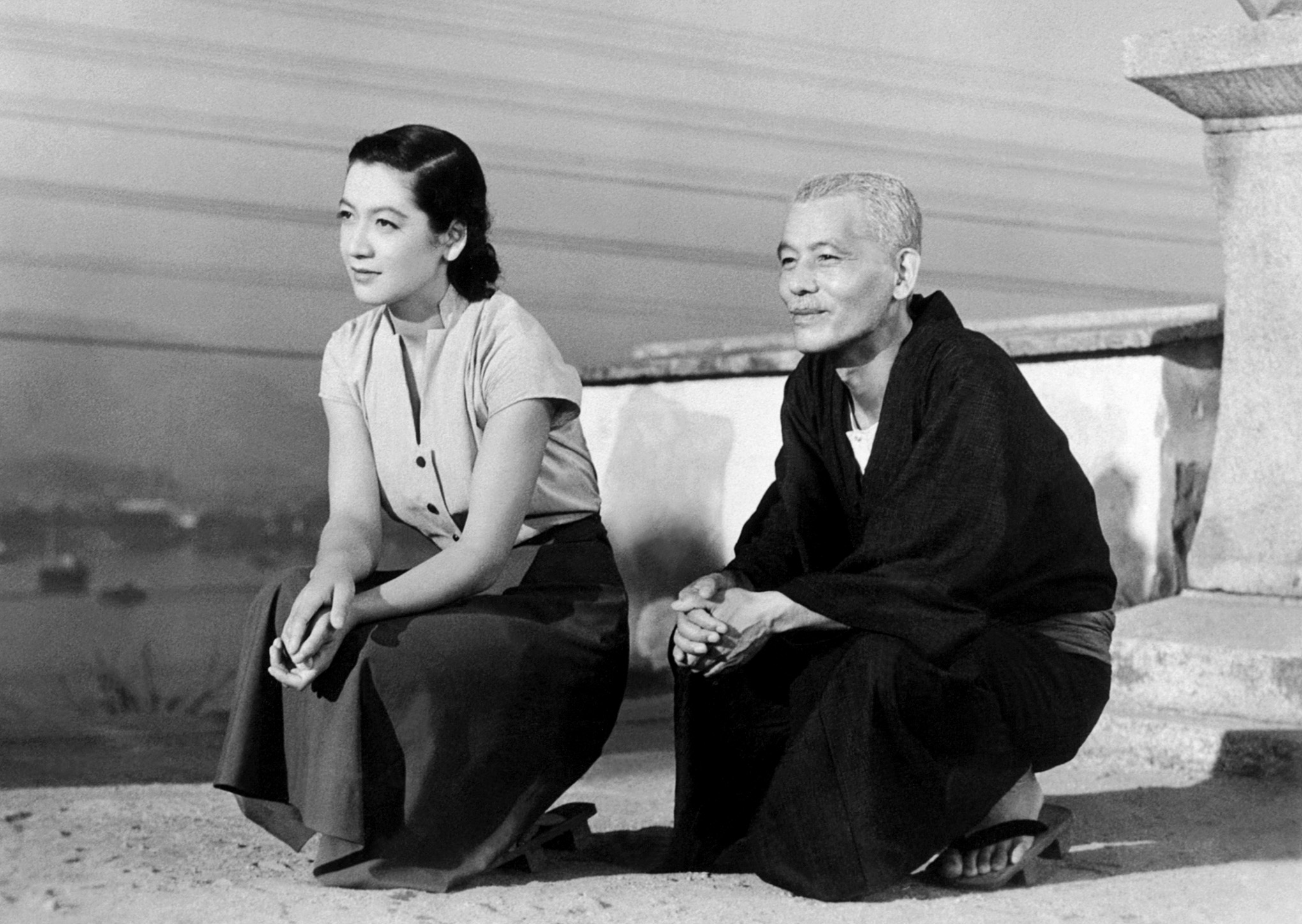Motion picture production by Shochiku started at Shochiku Kamata Studio in Tokyo in 1920. It had been 25 years since the first screening of motion pictures by the Lumière brothers in 1895, considered the beginning of motion pictures. Coincidentally, 1895 is also when Shochiku was founded.

To view the truth about humans—life—in a warm light, with hope, was Kamatachō. This policy was passed on in the genes of motion picture production to the Shochiku Ōfunachō, the mood of Shochiku Ōfuna Studio that followed.
The Shochiku Studio grasped the winds of change and went on to produce and release Japan’s first talkie and its first motion picture filmed in color. The first success for a Japanese motion picture at creating a full-fledged talkie was The Neighbor’s Wife and Mine in 1931, directed by Gosho Heinosuke of Shochiku Kamata. The first title created in Japan using color film was Carmen Comes Home in 1951. It was completed after numerous tests were performed by director Kinoshita Keisuke, camera operator Kusuda Hiroshi, and other staff members.

Director Ozu expresses the family relationship as it changed in Japan after World War II as an abysmal drama examining even human life and death using his unique, laid-back mood. The style unique to Director Ozu, Ozuchō, still captivates the world.
Many other titles among Shochiku motion pictures are considered pieces of cultural heritage. Yamada Yoji is the director of the Tora-san Series, The Yellow Handkerchief, and The Twilight Samurai, for which he is known internationally. He and other directors are safeguarding the genes of motion picture production inherited from Kamata Studio as they continue to create Japanese motion pictures.
